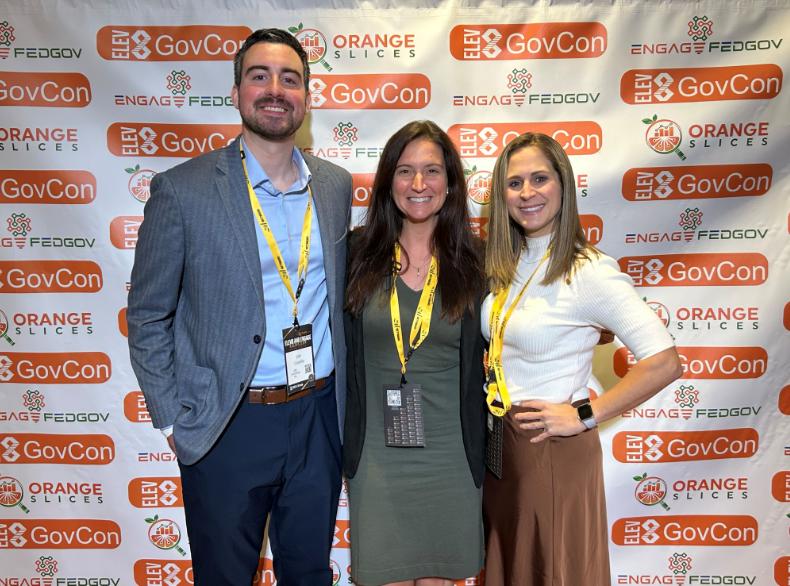Artificial Intelligence as Human Resource
Rather than parroting pledges on ESG, maritime employers could key into advanced thinking on recruitment and training to overcome shipping’s worsening seafarer shortage, says Yogesh Pasrija, Acting Global Head of Crewing, of leading ship manager Wallem Group

Yogesh Pasrija
Evidence that the maritime sector is proving less attractive than other industries to next generation talent is not only anecdotal, but data based.
Drewry’s reported a nine percent supply shortfall of ships officers in its ‘Manning Annual Review and Forecast 2023/24 – almost double the figure one year earlier, and the highest since the global consultancy started counting, in 2006.
Covid-19 and war in Ukraine added to the negatives that have led many to turn away from seafaring as a career, Drewry’s reported.
At the same time, world events - including recent developments in the Middle East – show just how reliant the global economy is on its maritime professionals.
For Wallem Group, this means decent seafarer pay and working conditions are a prerequisite. It also means that other matters within its control - such as ‘nurturing the talent pipeline’, investing in seafarer wellbeing, competence and career development, and maintaining positive working experiences – become business imperatives rather than aspirations.
Converting these agreed aims into tangible actions demands an understanding that ‘Generation Z’ seeks meaningful, purpose-driven employment, and has different values than its predecessors on work-life balance, opportunities for growth and diversity.
Today’s seafarer, for example, discriminates between employers based on connectivity, and will also prefer to work for organisations whose values it shares.
Over many years, Wallem has developed a mature approach to training, based on investing in local centres, collaborating with technology providers, crafting courses at the microlearning level, offering simulation-based and on-the-job support, mentorship and coaching. Over time, it has also become increasingly aware that recruiting and retaining the best available candidates in today’s competitive global labour market demands more from the maritime employer.
In doing so, it has not only upheld the highest ESG standards on occupational health and safety but gone on to develop flexible work hours and telecommuting, anti-discrimination and anti-harassment policies, proactive training to overcome unconscious bias, and enforced supplier diversity. It has also insisted on engagement between senior managers and front-line staff, to encourage the open and collaborative culture on which enhancing ship safety relies and cultivate employee participation in decision making.
What is more, against a backdrop of reporting which sometimes portrays AI and machine learning as short cuts to replacing seafarers, Wallem believes that – used responsibly – these tools can enhance safety management, improve crew health and welfare, and identify, nurture and build maritime talent.
While shipping automation could reduce human error and increase safety, Wallem firmly believes that shipping’s “Future is Human”. AI and automation are likely to assist seafarers, but not replace them. Nevertheless, AI’s ability to analyse large datasets of resumes, social media profiles, and other information – for example – may be invaluable for identifying and reaching out to individuals with the skills, experience, and potential to be successful in shipping careers.
Again, AI and ML can be used to personalize the onboarding process for new hires by providing them with personalized training, career development and mentorship programs that work at the pace of the individual, also continuously analysing their needs.
At the ‘meta’ level, meanwhile, AI and ML can interpret datasets on current and future work requirements to predict skill gaps in the maritime workforce, rather than simply identifying existing ones. Training and development programs can cover emerging maritime skills issues.
From the maritime employers’ perspective, AI could also be used to analyse anonymised data on employee satisfaction, engagement and motivation, so that employers can respond with initiatives to encourage the more positive and supportive work environment. The HR professional could even benchmark the effectiveness of his or her own HR initiatives.
In a shipping industry often ready to tie itself up in knots on the advance of the autonomous ship, levels of automation and the pros and cons of computer-based training, there is irony in identifying the maritime HR professional as a possible key beneficiary of AI.
For Wallem, however, tools which deliver agility in responding to the changing profile of the seafaring workforce and promise to identify candidates best equipped to stay the course can only be beneficial for shipping as a whole.
The opinions expressed herein are the author's and not necessarily those of The Xinde Marine News.
Please Contact Us at:







